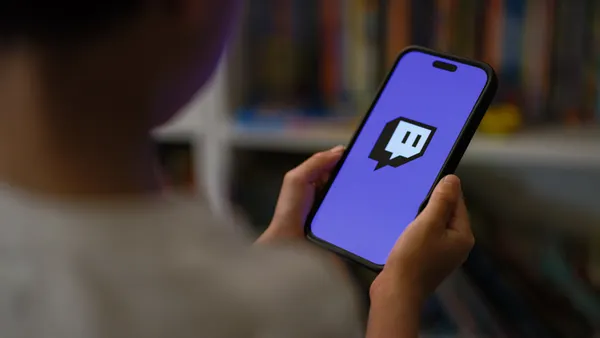Dive Brief:
- Google's DoubleClick for Publishers is attempting to make TV "smarter" with new features including a TV Content Explorer, launching in beta by the end of the year, and Smarter TV ad breaks, Rany Ng, director of product management at Google, wrote in a company blog post. DoubleClick has already been selling dynamic ad insertions for live streaming and on-demand content, with a 4x increase in ad impressions over the last two years for partners including CBSi, AMC, Bloomberg, TF1 and others.
- TV Content Explorer intends to help networks organize their catalog of shows and clips using Google's machine learning expertise, which will make recommendations on how content should be spread across categories like show, genre, trending and dayparts. TV Content Explorer will include forecasting and pacing models to predict inventory volumes across different screens such as smartphones.
- Smarter TV ad breaks use programmatic to optimize commercial breaks with a combination of ads that are personalized and relevant for each viewer. In an example from Ng, a 90-second ad break could be filled by one 15-second and two 30-second ads, or one 15-second, one 50-second and two 6-second bumpers ads depending on which combination offers the publisher the most revenue. For marketers cutting their video specifically for digital that might not fit into traditional TV slots, that flexibility means a 6-second bumper can now be repurposed as a programmatically bought TV spot as well.
Dive Insight:
For TV advertisers and networks, the new "smarter" ad break tool from DoubleClick should arrive as a welcome development, opening up some flexibility so that ad slots no longer have to be sold in the rigidly-fixed lengths they traditionally are on the channel. DoubleClick claims that this type of flexibility can also provide a boost to revenue, which might be appealing as publishers struggle with declining ratings and a growing trend toward cord cutting.
The ad breaks are additionally interesting in accommodating newer ad formats like the six-second spot. This extra-short type of ad was popularized online, on platforms like Google's YouTube where it typically serves as a bumper on videos, so it's not surprising that Google is attempting to more naturally integrate it into TV. Major networks have also been dabbling with six-second commercials, including Fox Networks Groups, which tested its first six-second spots during the Teen Choice Awards in August and has since added them to its NFL broadcasts.
The bigger picture around these trends and the DoubleClick developments is that the distinction between TV advertising and digital video advertising continues to blur. Options like DoubleClick's programmatic platform mean some TV inventory is now being bought and sold in largely the same way as it for digital video online. Where digital video advertising was once seen as distinctive from TV advertising, more and more marketers are thinking of video as a complete category where budgets and strategies are based on video production as a whole instead of separate, siloed spending buckets.












